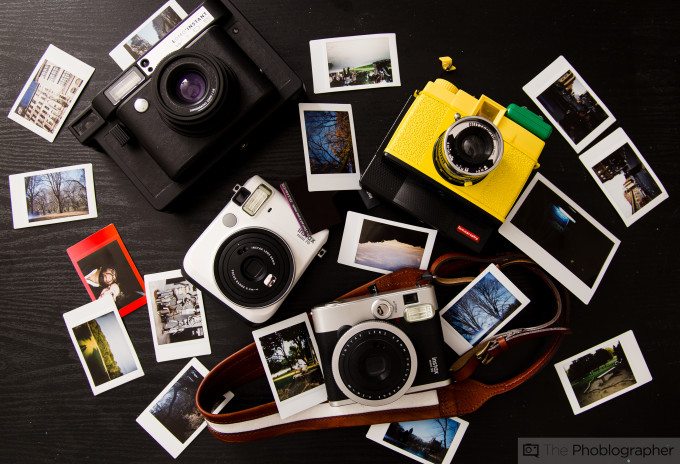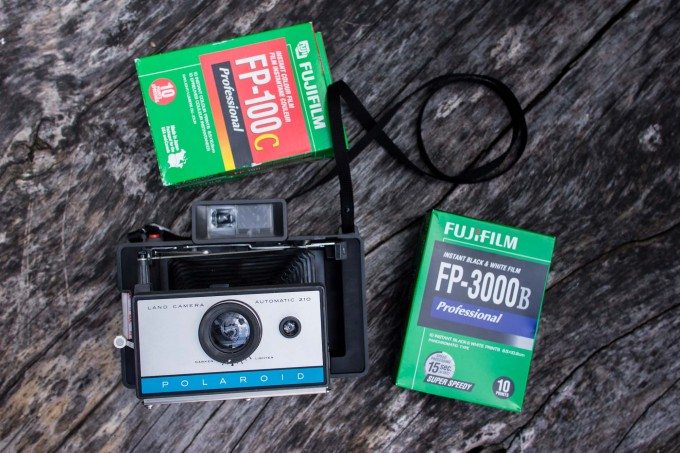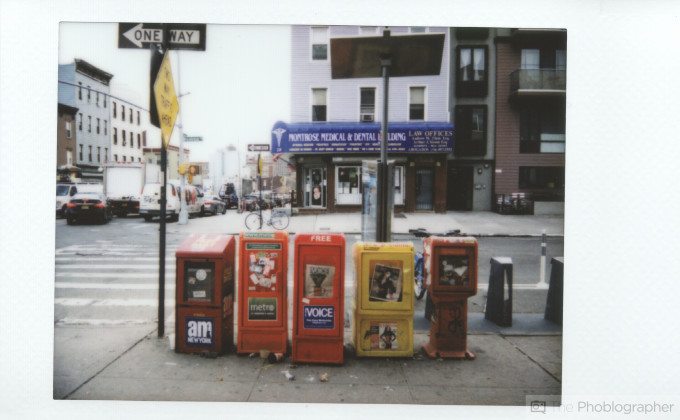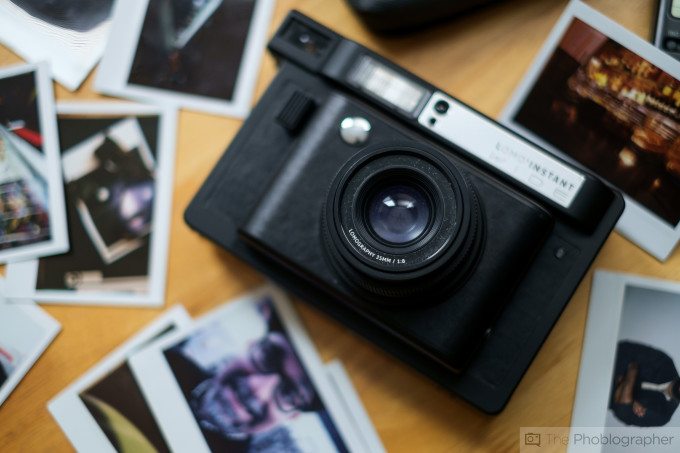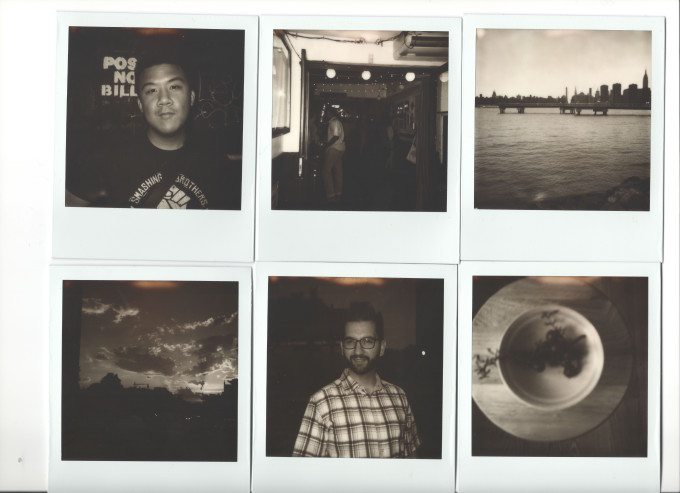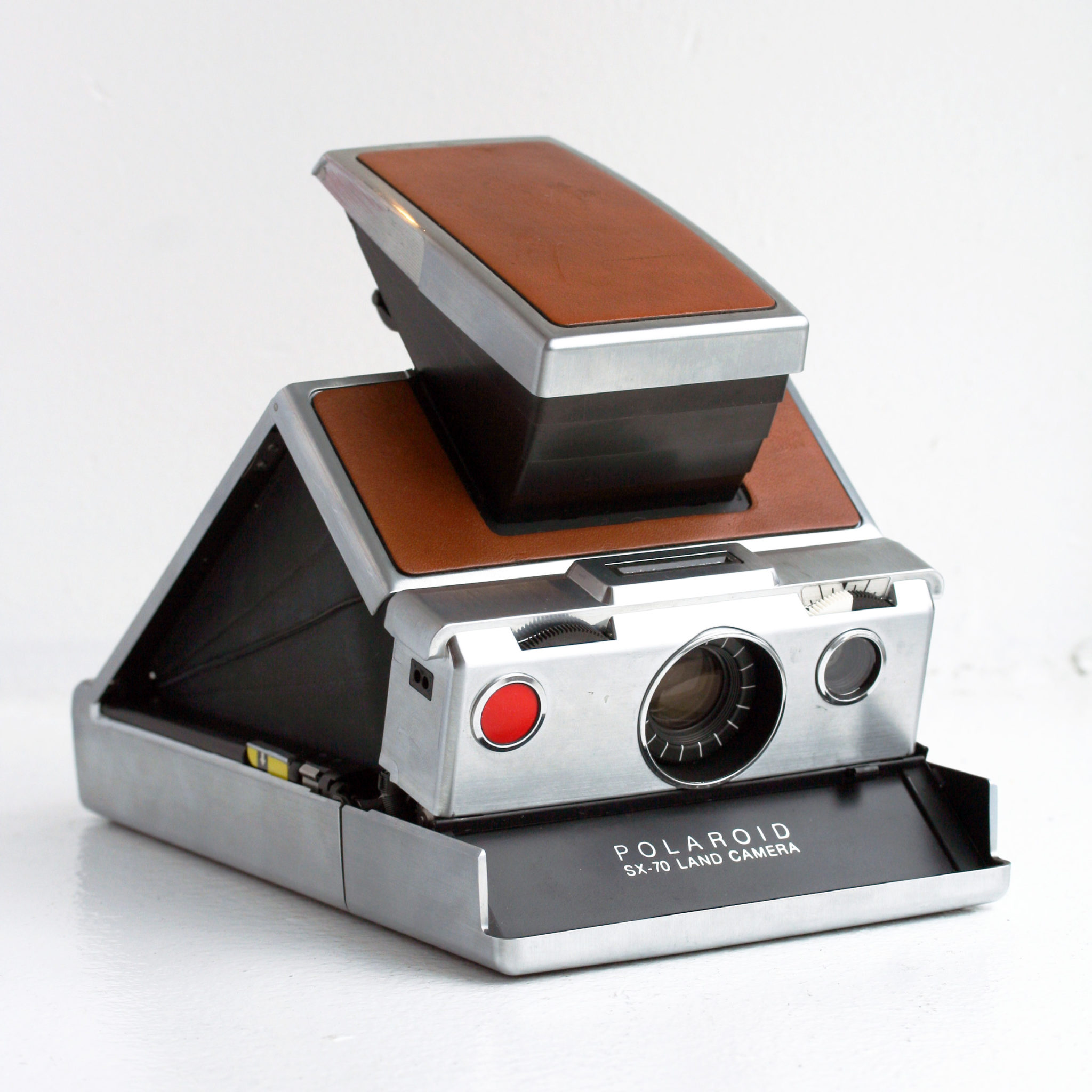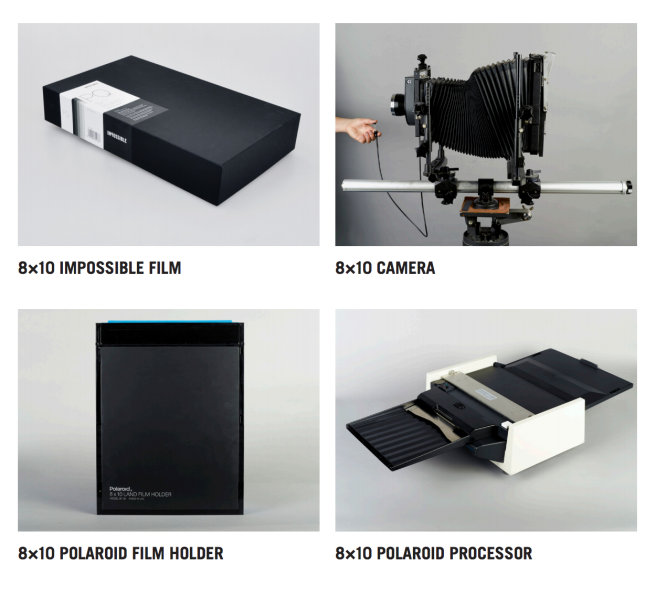Last Updated on 02/17/2016 by Chris Gampat
Polaroid cameras–or at least that’s what society collectively calls them–aren’t actually made by Polaroid despite the vernacular. Polaroid shuttered its doors years ago to the Instant film world. Since then the Impossible Project has tried to reverse engineer their film, Fujifilm has made their own, and to a lesser extent New55 has also stepped into the scene. Each film is made for a different type of person.
Fujifilm 100C
Fujifilm 100C typically comes in a 4 inch by 3 inch size; and is usually used in Polaroid Land Cameras and medium format Polaroid backs. To that end, you’re probably not going to be using any sort of newer cameras with this stuff; but what you’ll use are cameras that typically allow you to have lots of amazing control over the image that is printed.
This is a 100 ISO color film: which means its best for bright daylight use and studio strobe use. Adding to the advanced nature is that this is the only peel-apart film on this list. That means that when you shoot it, it needs to develop in a specific temperature and for a certain amount of time. Then you can pull the positive and negative apart to get the image you want. Before you shoot the film, you’ll also want it to be warm lest the chemicals are too cold, solidify and don’t spread through the image.
In general, the warmer the environment is, the faster it will develop.
Fun tip: if you’re using a 645 medium format camera, then you’re going to find significant cropping on the instant film. With a 67 camera, there is a bit less. 6×9, even less.
Fujifilm also had an ISO 3000 black and white film, but it’s been discontinued for years, sadly.
Get this if: You’re taking your photography very, very seriously in the technical sense.
Buy Now: Amazon
Fujifilm Instax Mini
The most popular instant film format out there today is Instax Mini. Chances are that if you’re reading this post, this is the type of camera that you have. This business card sized film is fun, portable, and easy to store and develop.
This isn’t peel apart film–so all the chemicals for development are stored in the actual image itself. That means you just point, shoot and enjoy. It’s pretty fun actually.
Scans of these often look great if you embrace the lo-fi aesthetic. Though for the life of me, I really wish Fujifilm created black and white Instax film.
Get this if: You’re the person that just wants to have fun.
Buy Now: Amazon
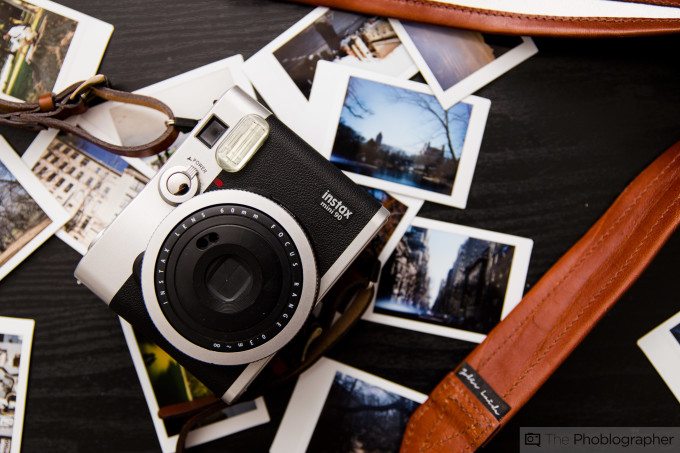
Fujifilm Instax Wide
Now imagine Instax Mini film, but wider. That’s pretty much the premise behind Instax Wide film. It’s easy to use and also uses the larger film format. Cameras typically can’t use both formats: just one or the other.
These images are huge. They’re great for landscape photographers, architecture shooters, or anyone looking to do more serious portraiture…or more serious stuff in general.
Get this if: You’re the person that wants to have fun and taken things seriously. Especially as some cameras have more manual controls available.
Buy Now: Amazon
Impossible Project Type 600
Impossible Project 600 film, like Instax, has the developer fluid built into the entire photo. However, this film is much less stable. When you shoot it, you get the best results from putting it in a pocket and hiding it from light. Also, keeping it in a warm spot works well too. For the absolute best results, I shove each photo into a different pocket or into my camera bag and don’t open said pocket for 2-4 hours depending on temperatures. The warmer it is, the faster it will develop. But if shooting outside in the dead of winter, then I tend to shoot and shove the images into my inside jacket pocket for reasons being that it’s dark, and due to my years of studying lycanthropy, it’s also very warm.
The Black and White stuff typically ends up looking very Sepia toned while the newest batch of color film, when used correctly, actually looks fairly solid though nowhere as vibrant as Fujifilm’s stuff. This is what’s called Integral film: which means that each film back has its own battery for the camera.
To use this film, you need an old Polaroid Type 600 camera. Something like a Sun 660 is one of the more popular options.
Get this if: You’re a bit more experimental.
Buy Now: Amazon
Impossible Project SX-70 Film
Perhaps the Impossible Project’s most popular film is the SX-70 film. Part of this is because the SX-70 is such an iconic camera from Polaroid. After closing their doors to the film business years ago, the Impossible Project worked to reverse engineer the process of making the film.
If you’ve got an SX-70 then you need this film. It comes in both color and black and white. Like the type 600 stuff, the newer black and white stuff can go sepia toned after a while. Similarly, shoot the color stuff in either very cloudy weather or with a flash due to the white balance of the film.
Get this if: You’re the lucky person that owns an SX-70 without any sort of metering, bellows or functional problems.
Buy Now: Amazon
Impossible Project Spectra/Image
Polaroid Spectra Pro | Image by kanonn on Flickr
One of the other types of film available are for Spectra cameras. They’re fun, and they’re pretty portable. Essentially, it’s the same film as the other Impossible project stuff, but designed for Spectra cameras.
Get this if: You’re a Spectra camera user.
Buy Now: Amazon
Impossible Project 8×10
Perhaps the toughest of the Impossible Project film to use is the 8×10 stuff. This is large format film and requires you to use a large format camera. It’s expensive and comes in both color and black and white.
Like all large format photography, be very careful not to waste a single shot.
Get this if: You’re person with serious intent on going pro with your work.
Buy Now: Amazon


